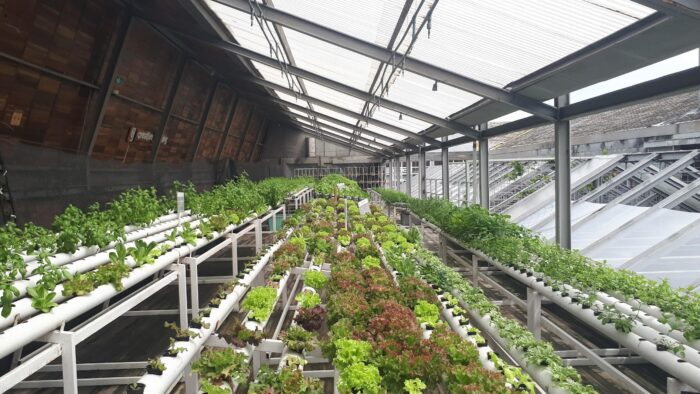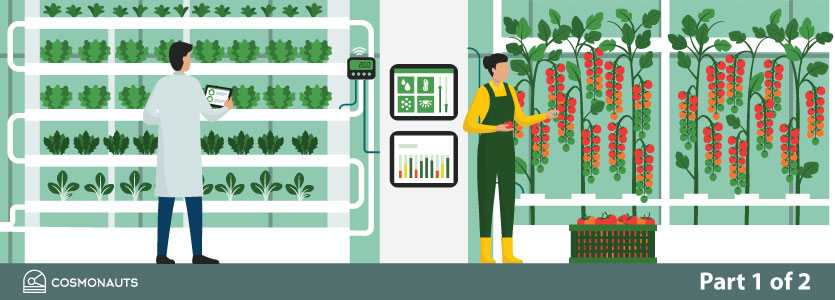Is it an outdated concept, or is it newer than we think?
It all started with the idea, that if we can keep a plant alive on our window sill, we can do it in larger quantities in a greenhouse, more plants, more light, more warmth. Agriculture quickly recognised that climate is something that seems to be out of our hands, and being able to control it would be an amazing skill. Of course, the first cultivation of weeds dates back 20,000 years, so putting a roof over plants has been around for longer than our history books in agriculture. The story has not finished there. Globalisation made us want more: bananas in England, leafy greens in Africa and so on. This is your go-to guide for what is old, what is new, and what’s worth keeping from the few.

At the start of the 20th century, farmers have already started coming up with ways to protect their crops, one of many was using individual boxes to place above smaller crops, to keep it safe from adverse weather effects. Eventually throughout the years, the realisation came, that these boxes could be more efficient, if they fit more crops under them. And so, greenhouses were born. Might come as a shock, but it did not all end there. It is significant to mention that greenhouses do not fully eliminate climate effects. When it rains, temperature inside may increase, causing fogginess, steam and other effects. So, whatever is shielded inside, still needs heavy control and monitoring.
The 1970s presented a venue for research into altering temperature, CO2 and even soil alternatives, like rockwool, stones and rocks. The whole idea was to increase yields, and decrease carbon footprint. 1978 marked the date for clever efforts in defying natural climates, trying to go back to roofless ideas; the first usage of helicopters to keep strawberries warm from frostbite, by quite literally blowing hot air on them. While this was an innovative approach, many quickly realised that something more controllable was needed. Back indoors we went.
In 1999 a newer concept of indoor vertical farming was theorised and introduced by Dickinson Despommier, professor in Public and Environmental Health. In this, Despommier with his students brought up the idea of a tall “plant-skyscraper” to feed 50,000 people from growing plants upwards, therefore saving space. The benefits of such system is that it uses 95-96% less water, and becomes 100 times more productive. Later on, hydroponics and artificial lighting were introduced, by the 21st century, LED lighting became an indoor farming must have. So, all this time, globalisation led the need for these practises, by setting uniform needs for plants. This has been completely personalised to individual plant needs since then, leading the way to Controlled Environment Agriculture, which is all led by seeking a more efficient, productive and sustainable way of production.
Indoor vertical farming has become especially popular in the US, with the EU almost lagging behind. This is because vertical farming is very effective for leafy greens, it is rather difficult for more complex crops, like fruits and root vegetables. Nonetheless, Statista predicts that while in 2019, the indoor farming market had a $4.4 billion value globally, by 2025 this will reach $15.7 billion. Farm management systems are leading the way in the innovation area, followed by post-harvest automation equipment. While we may think that indoor farming is an old concept, it is certainly not outdated. In fact it is one of the largest areas for growth in agricultural technology, and what this means for 2021, we will tell you in the next blog!
Follow us on social media
Categorised in: Green Tech

